£24.97 Original price was: £24.97.£17.48Current price is: £17.48.
- Protect Your Wallet with Safe Payments
- Protecting Your Payment Information
- 100% environmentally friendly material
- Secure Shopping Starts with Safe Payments

A variety of clematis tangutica, ‘Little Lemons’ is a compact plant with a neat, bushy habit and nodding, bright-lemon flowers.
Flowering from May to September this dwarf clematis has been bred to be less sprawling than other varieties, so is perfect for growing in a pot or basket, where it makes a really unusual and visually stunning statement.
When not in flower, its bright green foliage makes the perfect foil for its fluffy seed heads, extending its season of interest into the autumn.
An award-winning clematis, it’s the perfect plant for those new to gardening – ‘Little Lemons’ is very easy to grow and look after, just needing a swift haircut to six inches above ground level in spring. It?s very hardy too, so doesn?t need to be cosseted over winter – you can just leave it alone.
Supplied as 3 x established plants in 7cm pots, ready for immediate planting. Plants will grow to around 45cm (18in).
Care Information
Planting your Clematis:
- Dig a planting hole 3 x wider than the roots of the shrub you’re planting and mix some well-rotted compost or manure with the soil from the hole and use this to re-fill once the clematis is in place.
- Before planting soak container-grown shrubs thoroughly and allow to drain.
- Remove the plant from its pot and tease out a few of the roots.
- Add Mycorrhizal fungi to the roots when planting to help plants establish quicker.
- Plant with the crown of the plant 5-8cm deep to encourage new shoots to grow from below ground level.
- Refill the hole with the earth removed (backfilling) and firm in the soil, avoiding the root ball.
- Water well
Aftercare advice for your clematis:
- Feed in spring with a general-purpose feed, avoiding the stems. Mulch immediately afterwards with organic matter such as well-rotted manure, leaf mould or garden compost.
- Water regularly during periods of dry weather in the first few seasons after planting, especially for container plants.
- Clematis in pots should be given a liquid feed through the summer and early autumn.
Pruning Your Clematis:
- Pruning is a case of a simple tidy up – in late winter/early spring simply reduce all stems down to 15cm (6in) of soil level.
- Apply a slow-release balanced fertiliser and a mulch of well-rotted garden compost around the plant.
Be the first to review “Clematis ‘Little Lemons’ 7cm X3” Cancel reply
Related products
Garden Flowers & Plants
Garden Flowers & Plants
Garden Flowers & Plants
Garden Flowers & Plants
Garden Flowers & Plants
Bedding Plants
Garden Flowers & Plants
Garden Flowers & Plants

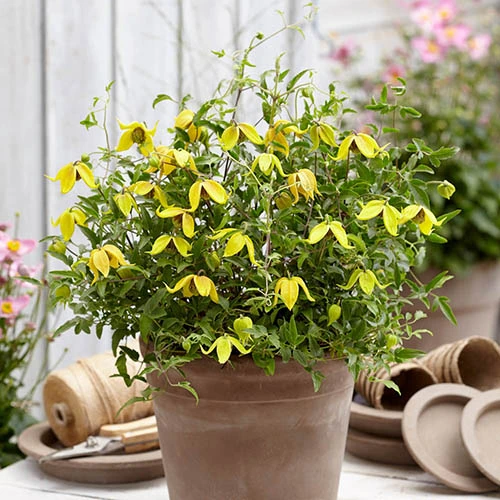
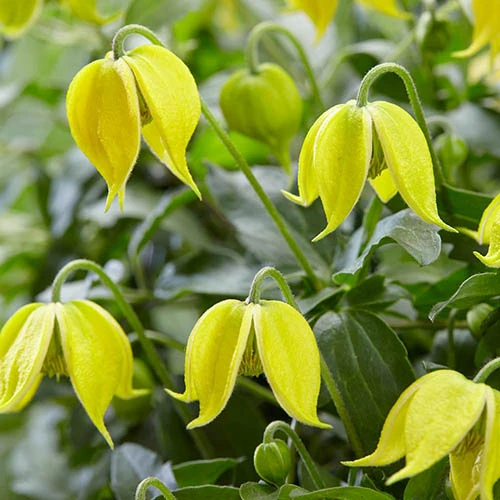

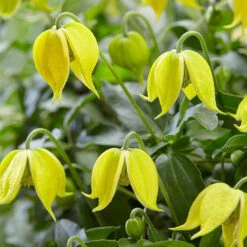






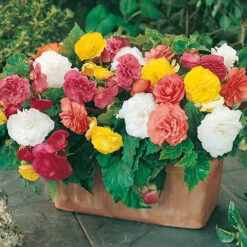


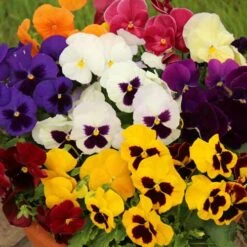
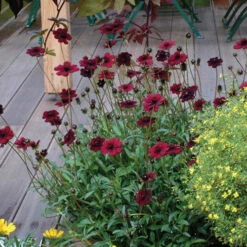


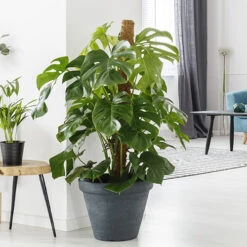
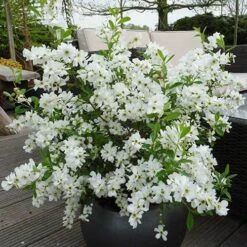

Reviews
There are no reviews yet.